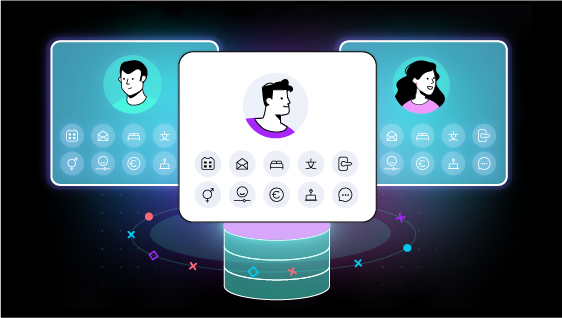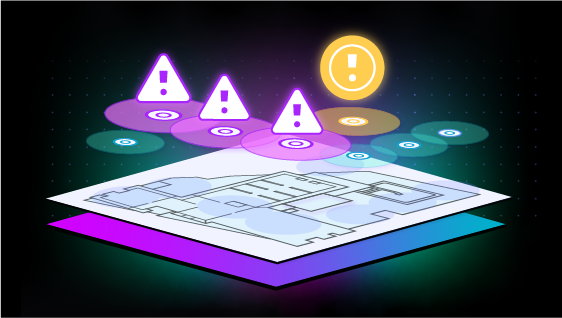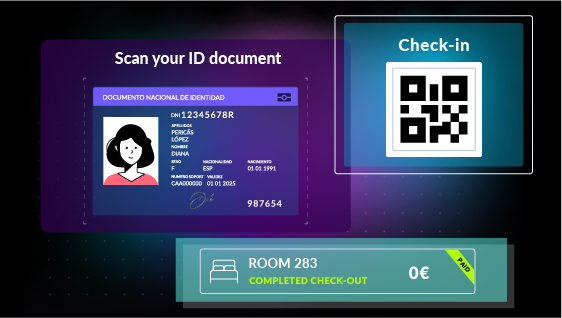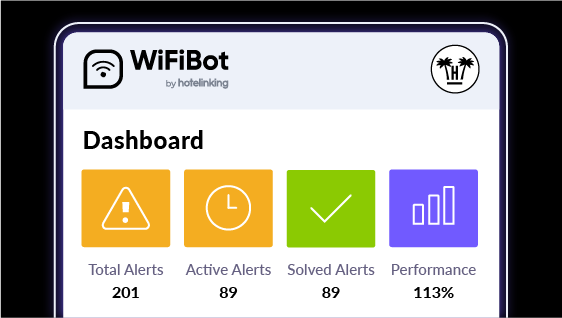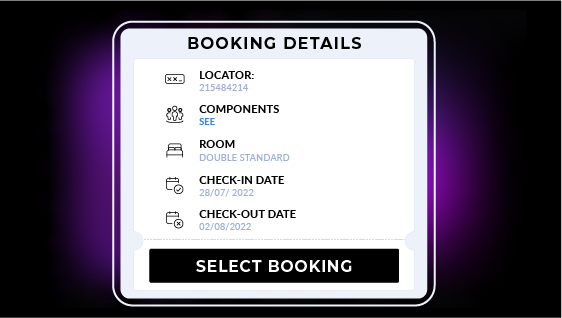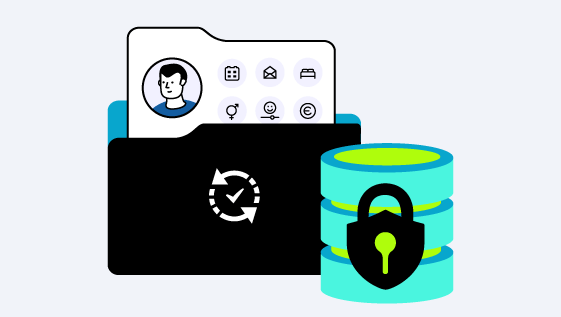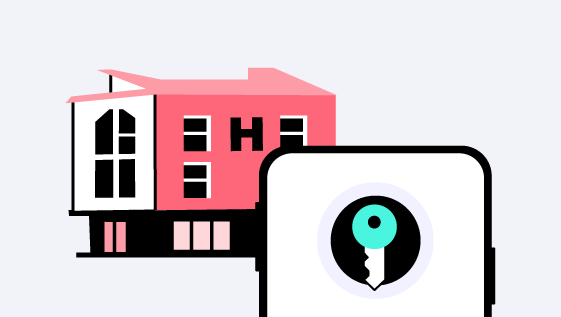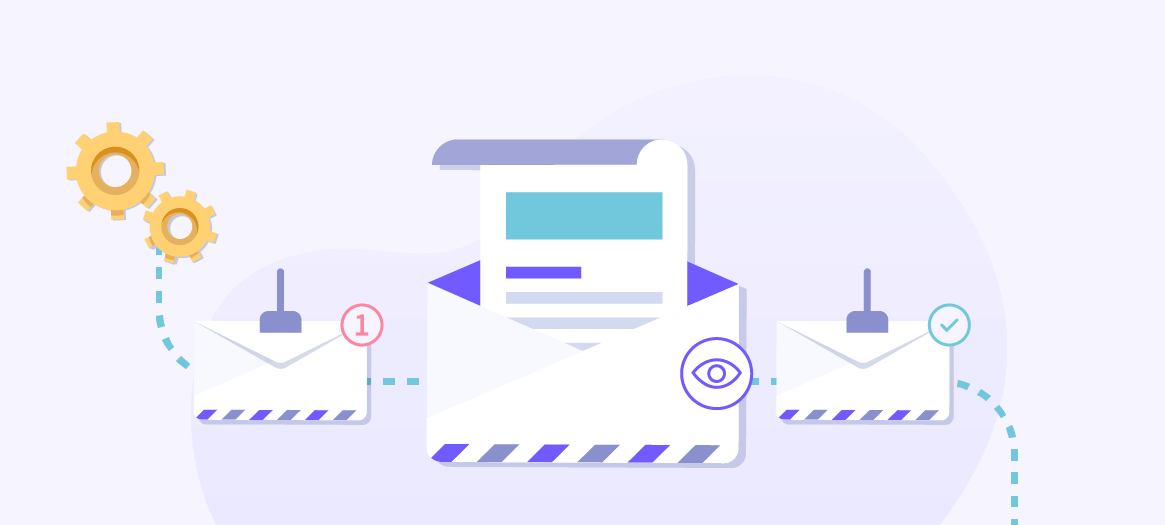
Email Marketing Guide: Automated follow-up emails key for the hotel sector that increase conversions.
It is advisable to integrate automated follow-up emails in the strategy in order to boost the results of email marketing campaigns.
As part of the planning involved in your email marketing campaigns, these sort of emails or email sequences (AKA behavioural or drip emails), are used precisely to send automated emails depending on the behaviour of recipients. Professional email marketing tools offer advanced behaviour-based segmentation features and enable to build decision trees to execute as many email sequences as deemed necessary.
The right use of this kind of behaviour-based automated emails can increase the number of reservations up to 30 %. However, if not used properly, they can be perceived as spam. Just one impersonal email at the wrong time may be enough to lose a loyal and satisfied guest forever. Hence, it is a very efficient tool but it must be handled with the utmost care during the planning and design processes.
In the hotel sector, once a relationship of trust has been built between the hotel brand and the guest, the type of email marketing campaigns that are planned during the year aim at generating new reservations by repeat guests through the direct web channel. If we do not schedule automated sequences based on the behaviour of the guest after each mailing, we can be missing up to an additional 30 % revenue.
Main benefits of scheduling automated email sequences.
- It helps to keep campaign recipients interested throughout the whole sales process. If we analyse how many campaigns have been received before a reservation is made, in 60 % of the occasions it is more than four. In other words, 60 % of recipients that have ended up booking, have previously interacted with at least three or four campaigns without any booking being made. According to a study performed by IKO SYSTEM, the first mailing of a campaign has an average opening ratio of half what it achieves with the sixth mailing.
- It helps to save time and energy, thanks to the automation of emails.
- Since all recipients are exposed to emails over and over again, the hotel brand becomes familiar to them. Given how the human mind works, whatever is familiar is trustworthy.
- More emails mean more sales opportunities, which means more bookings diverted from commissioned channels to the direct web channel.
The goal of most automated follow-up emails that are going to be scheduled in a hotel email marketing context is to generate new bookings. Hence, if a recipient makes a booking after receiving a campaign or automated follow-up email, they will not receive the following follow-up emails that are scheduled.
Six is the maximum number of follow-up emails that should be programmed in a sequence, as recommended by Steli Efti, CEO at Close.io. Therefore, a recipient that does not react by booking after receiving six scheduled follow-up emails will not receive any more. Steli also recommends the amount of time that must pass between each email out of the six scheduled:
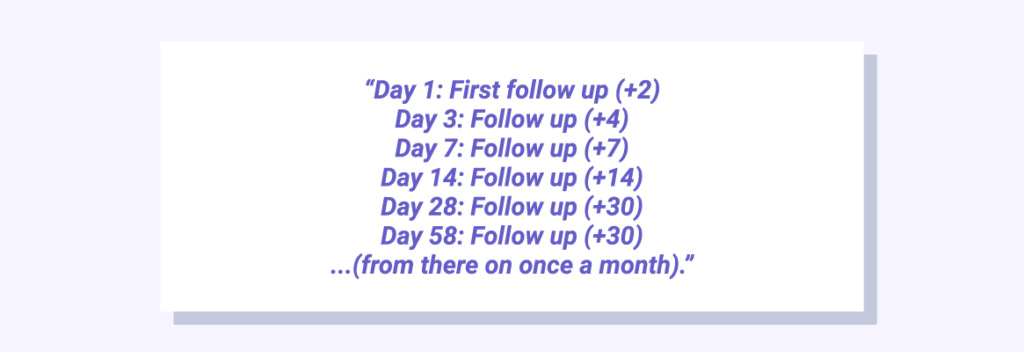
Process to follow in order to compose a follow-up email (as per Sujan Patel from the Mailshake blog).
- Add context: the idea is to help the recipient to remember, making a reference in the email to an action or event that has already happened which has inspired the mailing of the follow-up email.
- Explain why they are receiving the email briefly: for example, if the recipient has not booked using an active promotion, we remind them that it is a good time and that the reason for emailing is to ensure that they do not miss the opportunity.
- Include a call to action: we must make it easy for the recipient to answer to the claim of the follow-up email, through an easily visible link or a button.
- Ending the email: add a sentence to end the email that sounds natural while being in line with the relationship that has already been established with the recipient.
Main automated email sequences in hospitality.
1. Follow-up emails addressed to recipients that have not opened the campaign: the most basic yet effective follow-up email. As long as a professional hotel data generation tool is used, ensuring an optimal quality of the same, the average opening ratio should be somewhere between 20 % and 60 % after the first mailing (depending on other factors such as the subject, brand awareness and the time/ date the email is sent, among others).
In many occasions, addressees do not even see the email in their inbox due to multiple reasons. In a personal inbox, an average of 30 mails are received every day. Therefore, we can expect that many times, the recipient does not even notice the email. This is why it is very effective to schedule follow-up emails for all those recipients that have not opened the email, increasing the opening ratio over 25 %. Any email marketing or CRM tool that is slightly advanced offers the option of generating a segment with those recipients that have not opened a specific campaign.
If we analyse the conversion funnel, it is easy to realise that the most important part is that the email is opened.
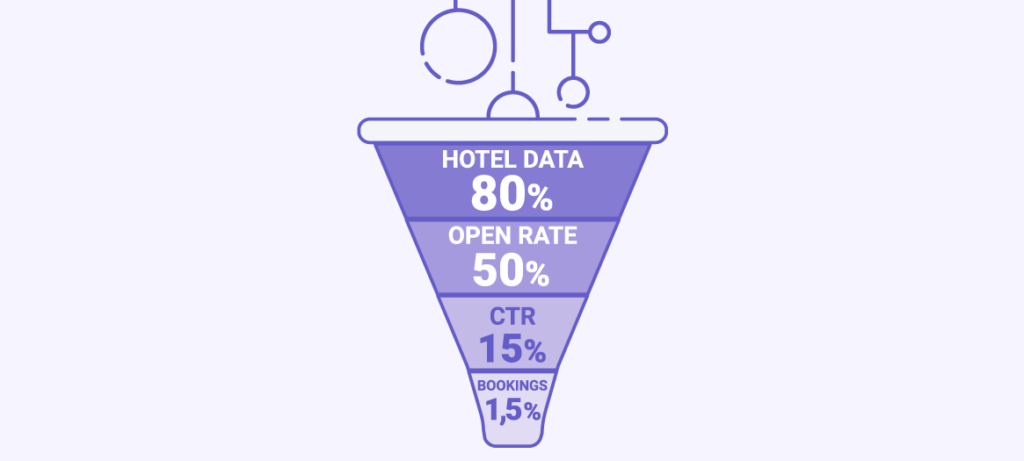
2. Follow-up email to the recipients that have not clicked on the main link of the campaign: all recipients who open the email are in a more advanced stage of the funnel. The reasons why they end up not clicking the link or button to be redirected to the corporate website can be related to the fact that the link or the button are difficult to spot, the promotion offered is not in line with their travel plans or simply, they have viewed the email on a mobile device and they have preferred to view it more comfortably once at home or later. In any case, scheduling follow-up emails for all those who have indeed opened the email but have not clicked, will significantly help to increase the number of clicks, making it possible for more customers to proceed to the last part of the conversion funnel, therefore increasing the opportunities of new potential bookings.
3. Follow-up email to those recipients who have not booked: it is valid for any hotel-related email marketing campaign that aims at generating bookings from the corporate web. The booking engine must be integrated so that the status of the reservation of each recipient can be tracked. To design this simple yet effective automated sequence, we must create a segment that identifies those customers who have indeed clicked the campaign but have not booked. This very specific segment will act as a constraining factor. The only thing left will be choosing the email template and the delay or time that must pass before the follow-up email is triggered. The timeframe can be, for example, 180 minutes so that if a recipient has clicked on the campaign that they have received, they have been redirected to the corporate web but after 180 minutes have not booked, the automated follow-up email will be triggered.
>>In our next article we will give you some design tips to come up with creative emails that will surprise your users and, most of all, will increase conversions.
